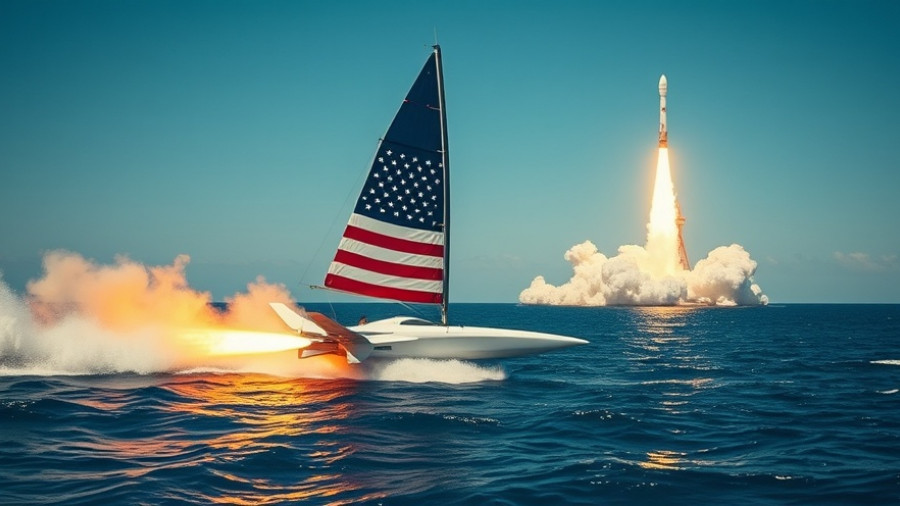
The Coast Guard's Crucial Role in Arctic Security
The U.S. Coast Guard is stepping up its vigilance in the Arctic as the activities of foreign vessels, particularly Chinese research ships, intensify. On August 13, 2025, the Coast Guard deployed a C-130J Hercules aircraft from Air Station Kodiak to monitor five Chinese research vessels operating within U.S. waters. This development reflects an increasing strategic interest in the Arctic region, which has become a focal point in global competition.
Understanding the Vessels in Question
The five Chinese vessels displayed in the recent surge include the Xue Long 2, Shen Hai Yi Hao, Zhong Shan Da Xue Ji Di, Ji Di, and Tan Suo San Hao. While some are flagged by China, one vessel is flagged by Liberia. Their presence has raised concerns over potential malign influences and the need for the U.S. to maintain its maritime sovereignty. Rear Adm. Bob Little, commander of the U.S. Coast Guard Arctic District, emphasizes that monitoring these activities is crucial for maintaining national security.
The New Arctic Fleet: Enhancing U.S. Presence
To bolster its capabilities in the region, the Coast Guard has recently commissioned the Cutter Storis, a polar icebreaker, along with the Cutter Earl Cunningham, a Sentinel-class fast response cutter. These additions to the fleet increase the U.S. Coast Guard's operational capacity, enabling it to respond swiftly to foreign activities and ensure the protection of U.S. interests in the Arctic.
Community Engagement with National Defense
While these military operations might seem distant to many, they resonate deeply with local communities in Alaska. The Coast Guard's activities are crucial in safeguarding not just the borders but also the unique livelihoods and traditions of Alaskan communities dependent on the maritime environment. Residents have often shared stories of how the Coast Guard assists in emergencies and maintains open sea routes critical for their daily lives.
Looking Ahead: Preparing for Future Challenges
The Arctic is expected to witness more foreign activity as climate change opens new shipping routes and access to untapped resources. This situation presents both opportunities and challenges. As Rear Adm. Little stated, enhancing U.S. capabilities in the Arctic is not just about responding to immediate threats; it’s also about preparing for a future where U.S. interests must be firmly established and protected.
A Call for Community Awareness
As the Coast Guard continues to safeguard our Arctic waters, it's vital for local communities to remain informed and engaged. Understanding these maritime security dynamics will empower residents and stakeholders to participate actively in discussions about regional strategies and advocate for local interests. With the Arctic becoming a new frontier of global influence, staying informed is essential for everyone.
 Add Row
Add Row  Add
Add 




Write A Comment